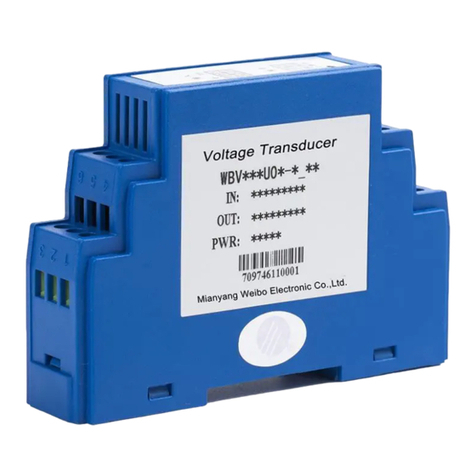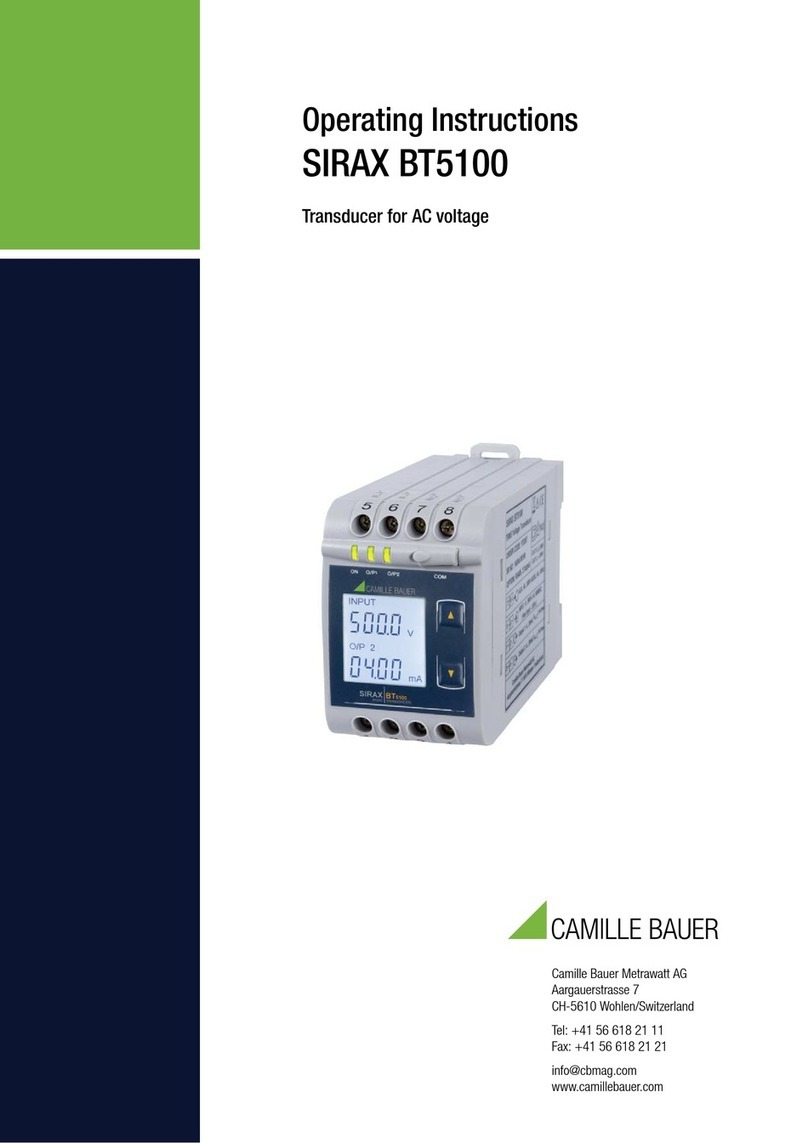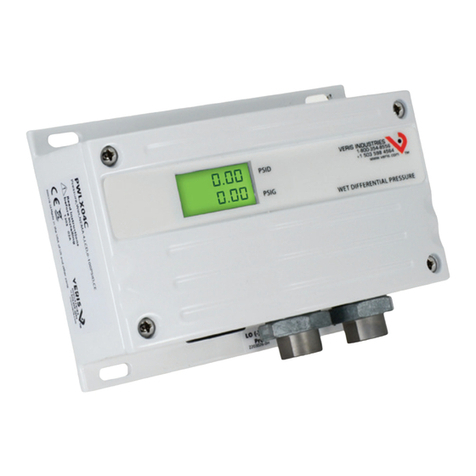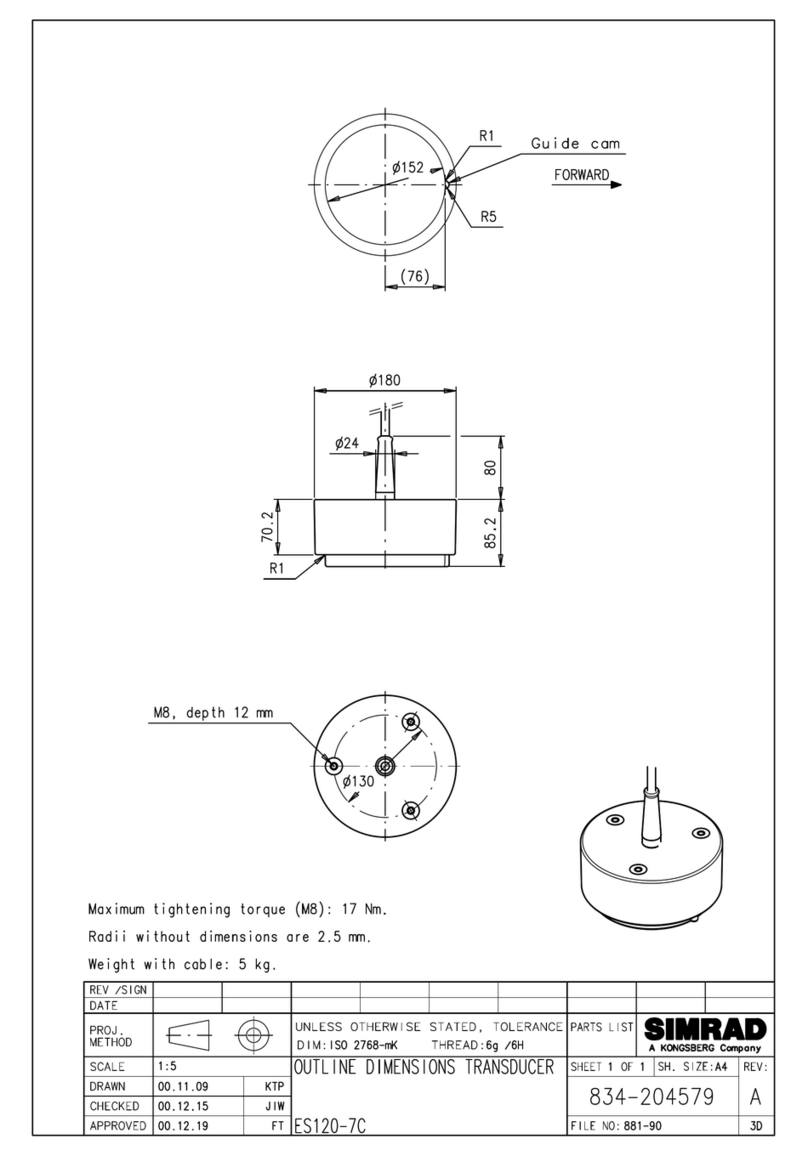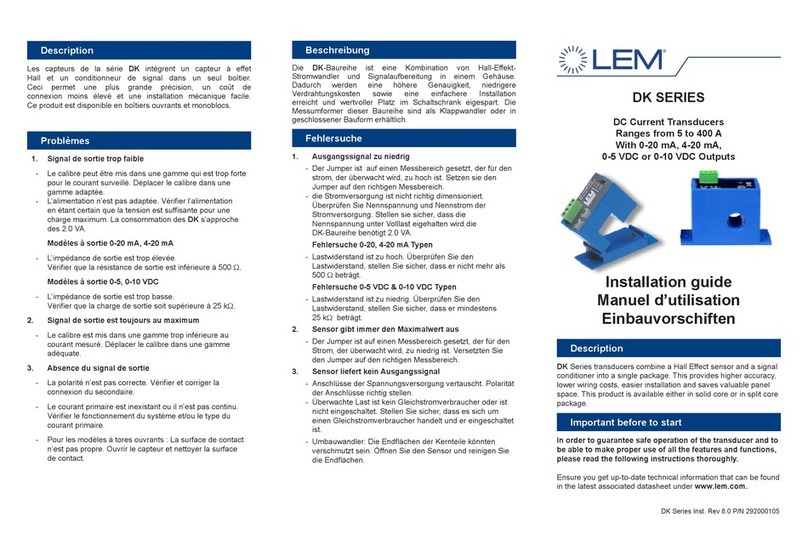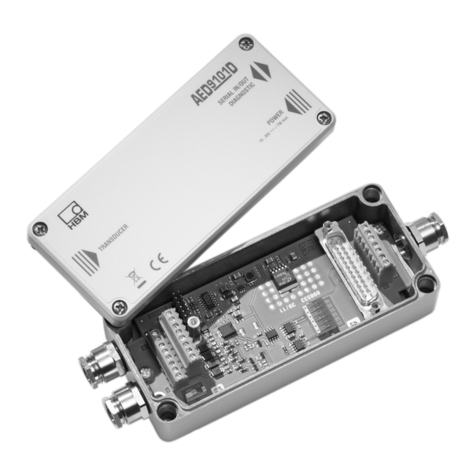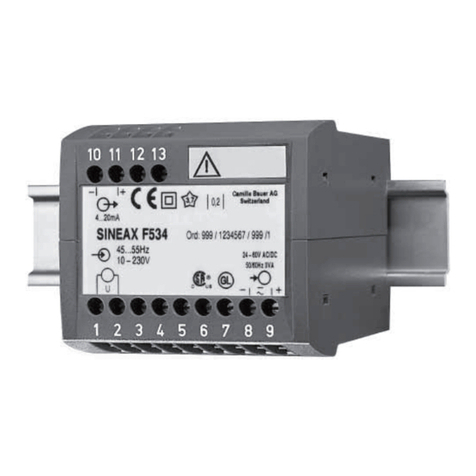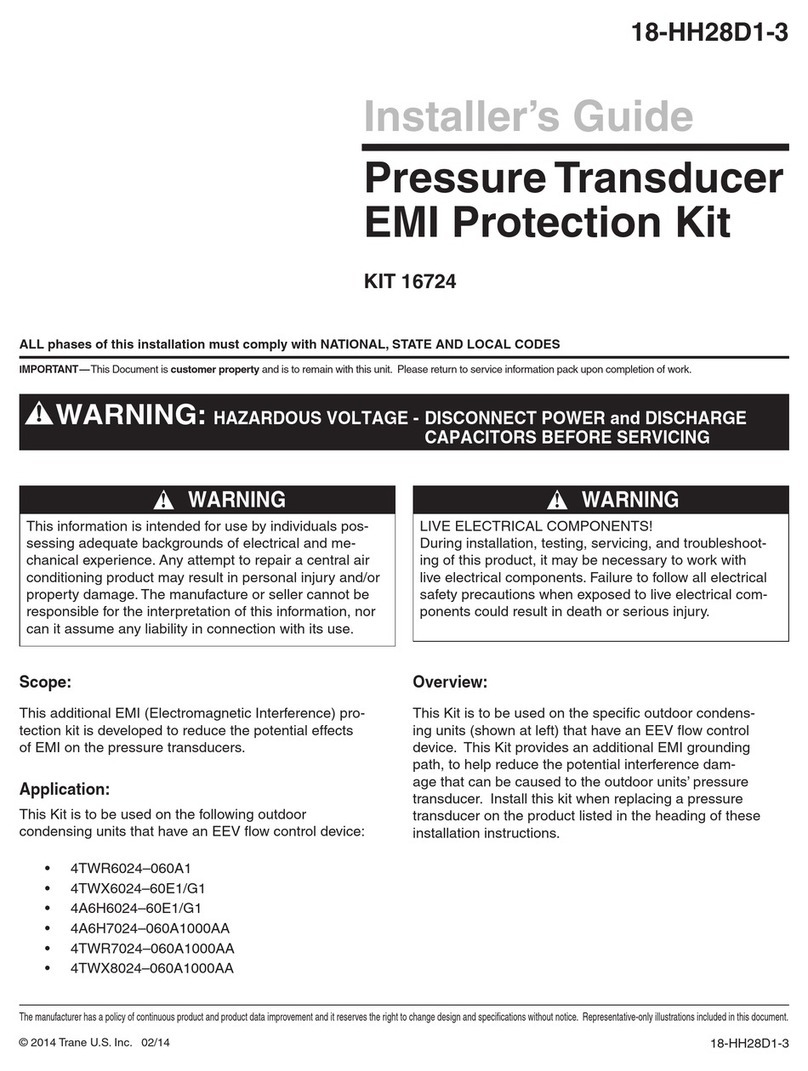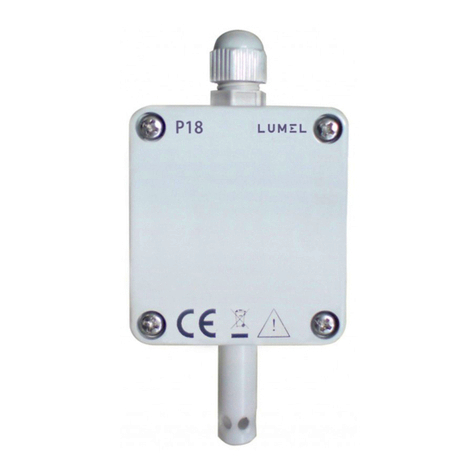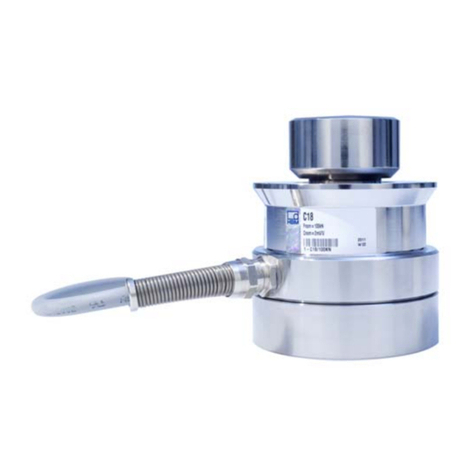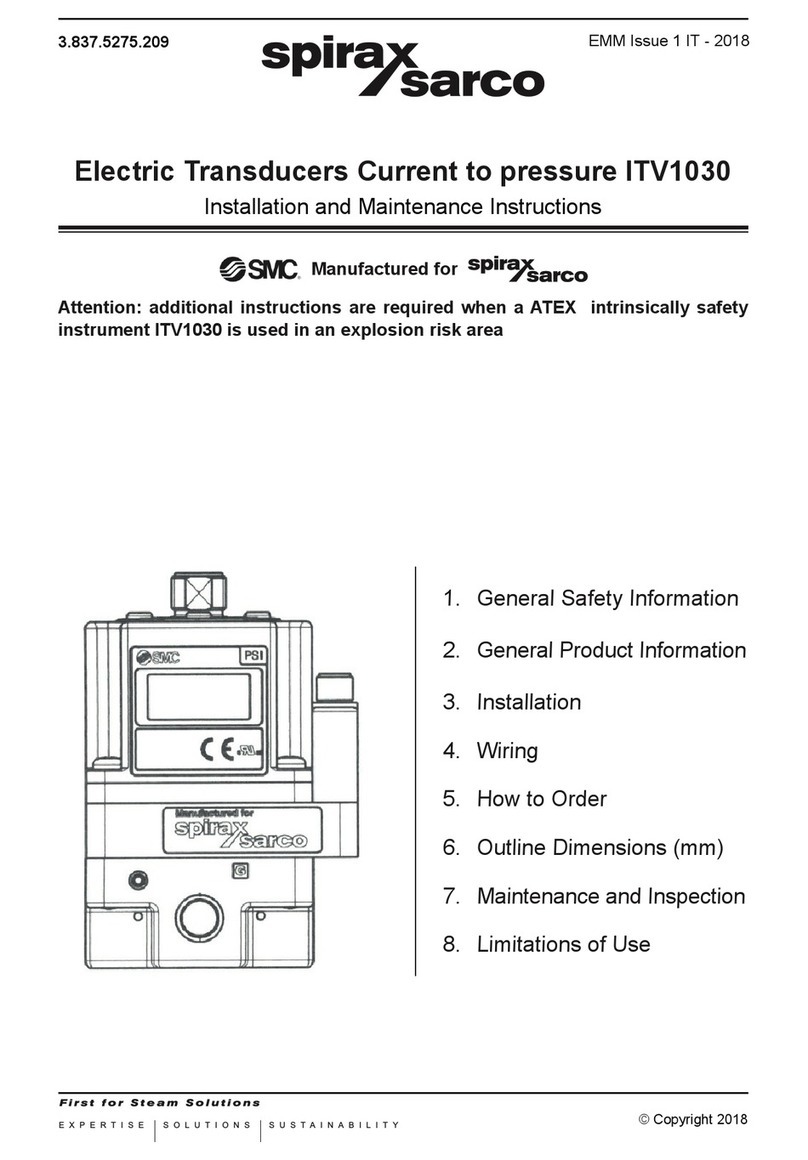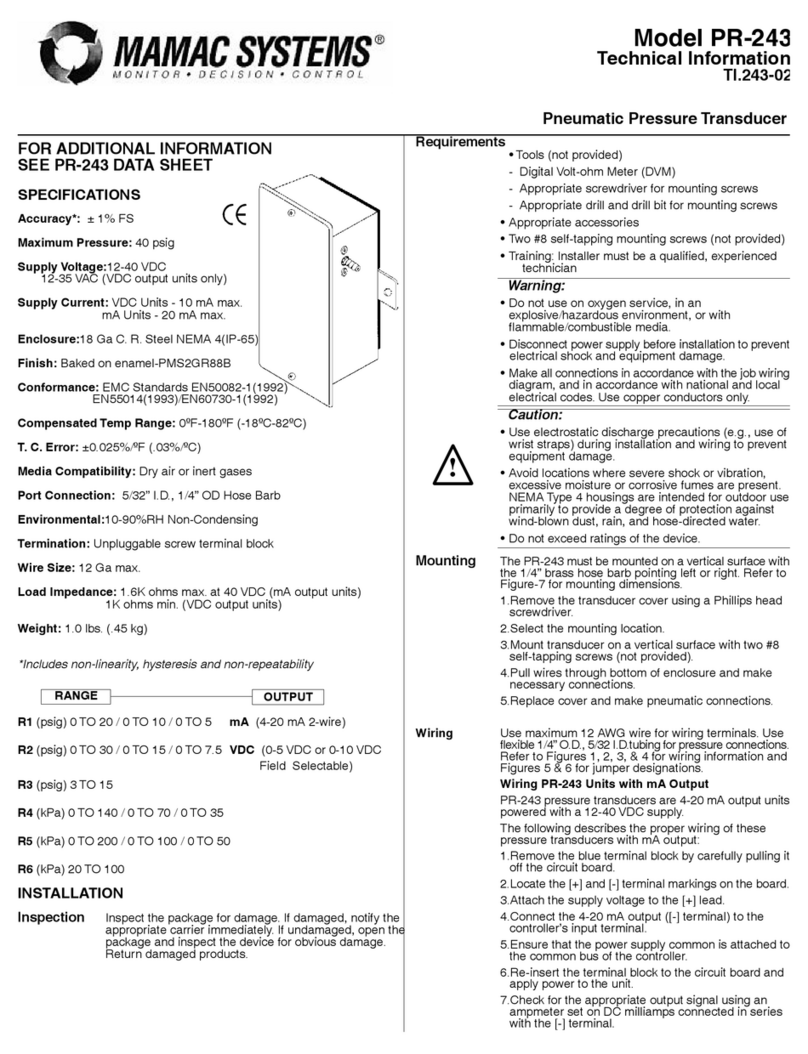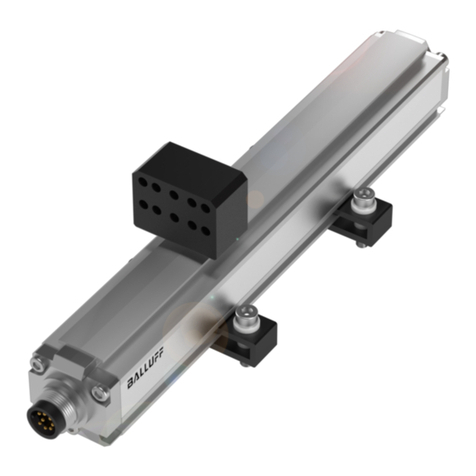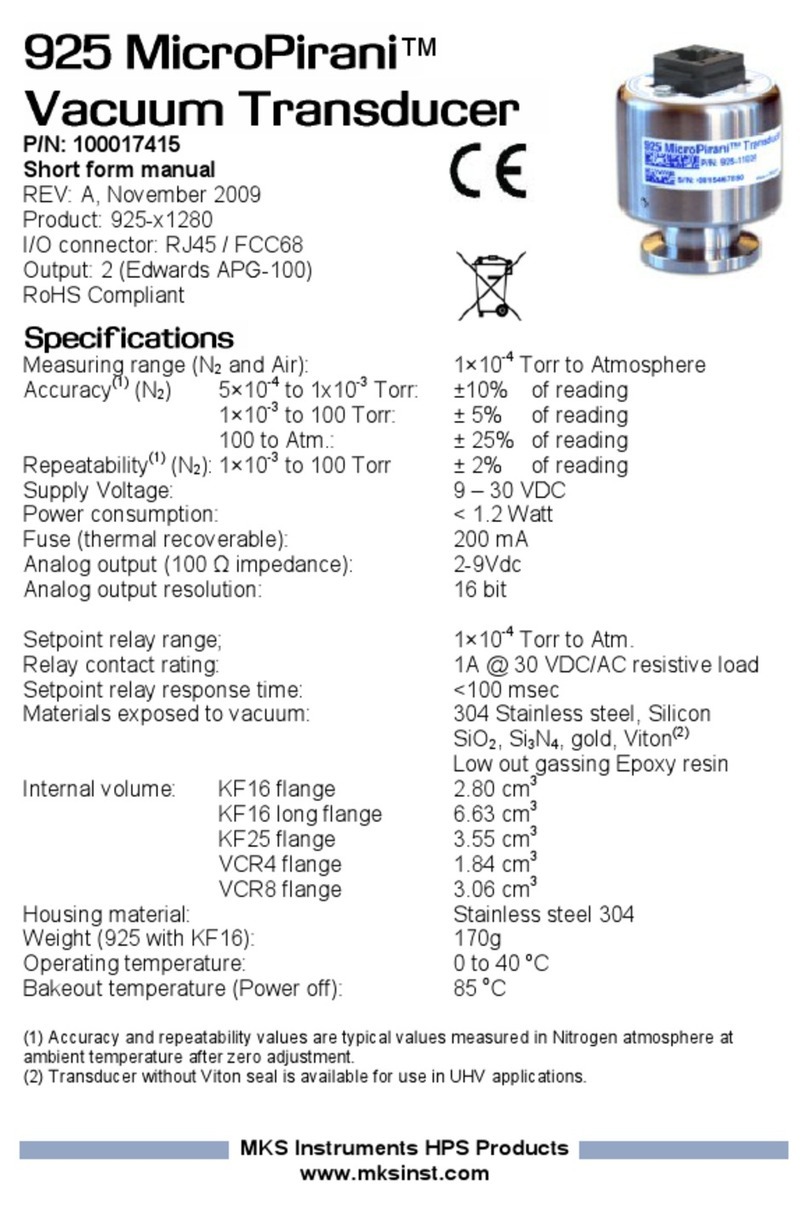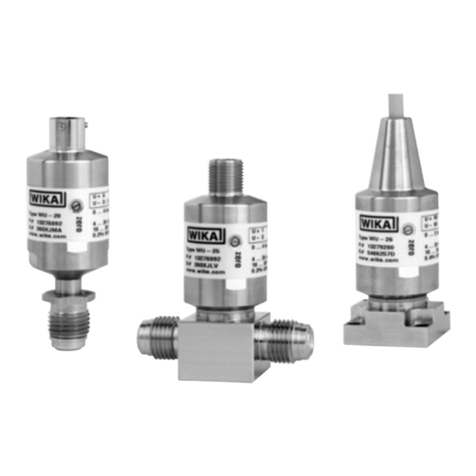
1 - 2
LOGIC SECTION
Section One
A 10VDC supply is also available for use as a speed reference when connected to
an appropriate potentiometer. These two voltage references are limited in the
amount of available current they can provide (see specifications in Instruction
Manual). Attempting to power devices which draw currents in excess of that
available may result in an eventual failure of the power supply. In addition, if the
supply is loaded too heavily, sufficient voltage will not be available to activate the
control inputs.
During the troubleshooting process it is important to remember that the control
card can only respond to the commands it receives. It is also possible that due to
a failure, the Control Card will not respond to control commands. For this reason
it is necessary to isolate the fault to the control commands, control programming,
or the drive itself. If, for example, the drive stops unexpectedly, the control
commands should first be checked. This would include confirming that contact
closures and analog input signals are present at the proper terminals of the drive.
Never assume that a signal is present because it is supposed to be. A meter
should be used to confirm the presence of signals at the drive terminals.
Secondly, the programming of the drive should be confirmed to insure that the
terminals used are set to accept the signals connected. Each digital and analog
input terminal can be programmed to respond in very different ways. If there is a
concern whether the remote controls are functioning correctly it is possible to
take local control of the drive to confirm proper operation. A word of caution here:
prior to taking local control, insure that all other equipment associated with the
drive is prepared to operate. In many cases safety interlocks are installed which
can only be activated through the use of a normal remote control start.
As there must be a command in order for the Control Card to respond, there may
also be situations where the Control Card displays unknown data or that
performance may be affected such as in the case of speed instability. In these
cases the first thought may be to replace the Control Card. However, this type of
erroneous operation is usually due to electrical noise injected onto control signal
wiring. Although the Control Card has been designed to reject such interference,
noise levels of sufficient amplitude can, in fact, affect the performance of the
Control Card. In these situations it is necessary to investigate the wiring practices
used. For example, the control signal wiring should not be run in parallel with
highervoltagewiring,includingpower,motor,andbrake resistorleads. The reason
being that voltages can be induced from one conductor onto another through
capacitiveor inductive coupling. Thistypeofproblemcanbecorrectedby rerouting
the wiring or through the use of shielded cable. When using shielded cable it is
importanttoproperlyterminate the drain wire.Thedrainwireshould be terminated
only at the drive end of the cable. Specific termination points are provided on
each unit. The opposite end of the shielded cable drain wire is then cut back and
taped off to prevent it from coming in contact with other terminals or acting as an
antenna.
